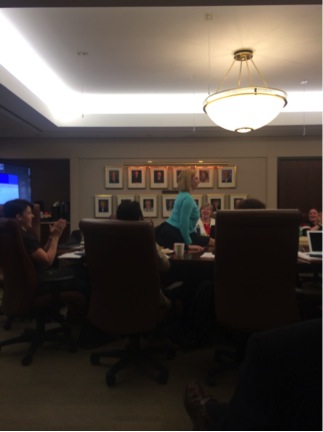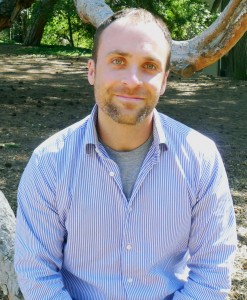I love Nadine Kaslow. There, I said it. It’s true. I do.
And so do you.
On New Years Day this year, Nadine Kaslow, PhD, ABPP took the reigns of APA as its 2014 President. If you don’t know Nadine (she’ll tell you to call her Nadine), you’re missing out. Her list of awards, publications, and leadership roles would make your brain explode. So, to keep your noggin from cloggin’, I distilled the best parts for you. I present to you: 3 Reasons Why I Love Nadine.
1. She Loves YOU
Nadine is as student-oriented as they come. Every APA President chooses three presidential initiatives during their tenure in the position. Nadine’s first initiative is what she calls the “Opening Doors Summit.” The purpose of the Summit is to aid students and early career psychologists (ECPs) in the transition from doctoral education to their first jobs. Issues to be addressed include the Internship Crisis, postdoc positions, and job availability. Oh, and ALL of her presidential initiative committees are co-chaired by an ECP.
If you think that’s cool…
After Hurricane Katrina hit, she took a pivotal role in finding the psychology interns affected by the natural disaster and then either quickly matching them to new internship sites or assisting their existing program in modifying their training.
It’s amazing feats like this one, her “Students First” mentality, and her natural knack to treat students like colleagues that likely led to her being awarded the Grady Health Foundation Inspiring Mentor Award – and is one of the reasons why I Love Nadine.
2. She Loves Everyone
Not only is she a staunch supporter of students, she is a fierce fighter for the underserved.
To start, Nadine is chief psychologist at Grady Health System in Atlanta, GA, an inner-city hospital serving economically disadvantaged and primarily minority populations. As a professor at Emory University School of Medicine, her current research focuses on culturally competent assessment and treatment of suicidal behavior and intimate partner violence in African-Americans, with a focus on women, as well as the impact of intimate partner violence on children, family systems medicine, and education and training.
In her new role as APA President, she brings her bleeding heart with her. One of her three presidential initiatives focuses on Patient-Centered Medical Homes, with the goal of advocating for psychologically informed child- and family-centered health care that is accessible for all.
When it comes to social justice and issues of diversity, she walks the walk – and this is one of the reasons why I Love Nadine.
3. What She Brings to the Table

APA President Nadine Kaslow, PhD, ABPP, introduced herself at a recent meeting by doing a split.
No, you don’t need glasses. What you’re seeing is real.
On January 31, 2014, in the APA Board of Directors conference room, at a meeting of the Committee for the Advancement of Professional Practice (CAPP), committee members and liaisons went around the room introducing themselves and saying something unique about themselves. (Don’t you just love a good icebreaker?) When Nadine’s turn was up, she stepped on her chair, climbed on the conference table, dropped into a split, and said, “My name is Nadine Kaslow, and I’m APA President.”
Something you might not have known about Nadine is that she is a ballerina. She danced with the Philadelphia Ballet, she was a ballerina during her doctoral studies with the Houston Ballet, and she is currently the resident psychologist for the Atlanta Ballet. As APA President, her extra, “fourth initiative” is to promote the arts in psychology and among psychologists. Projects include collecting pictures and videos of students’ and psychologists’ art, as well as developing an interactive, collaborative art project at APA Convention this August.
Her dance background makes her an interesting and well-rounded person, but the third reason I love Nadine is not her ability to do a split or stand in second position. I love Nadine Kaslow because she is energetic, daring, and not afraid to break the mold. She is a leader in the truest sense of the word.

 For more information on this project, please feel free to contact me at
For more information on this project, please feel free to contact me at 
